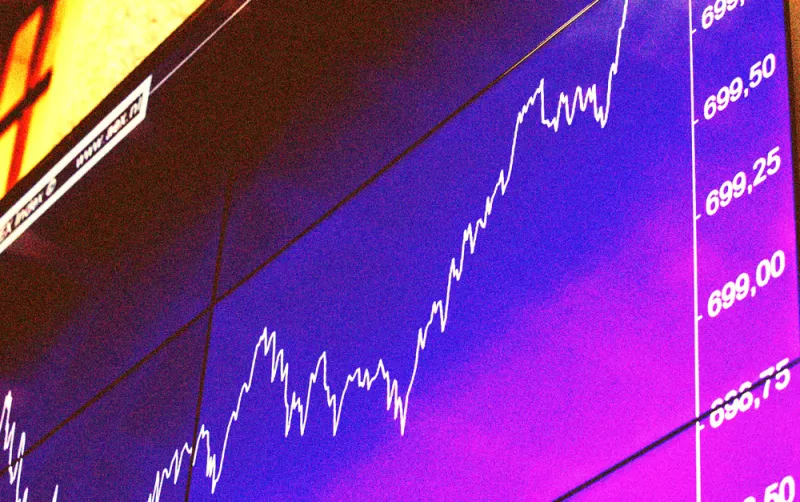Evidence is piling up that allocators may be better off replicating the returns of the best hedge funds — a more complex version of indexing — rather than investing in them directly.
The finding grew out of research from Markov Processes International into the performance of a benchmark that it developed eight years ago. Although the study is small, its conclusions are a challenge for the hedge fund industry, which has long argued that its active managers shouldn’t fall victim to indexing and cheaper alternatives.
MPI, which uses a proprietary version of a returns-based-style analysis to evaluate — without access to confidential position information — the portfolios of allocators, asset managers, and funds, has dug into the benchmark to see if it’s actually working. The research, to be published on Monday, examines the Eurekahedge 50 Index (BLOOMBERG: EHFI400), which represents the 50 largest hedge funds across five strategies. Among other things, the index only includes one fund for each manager, to prevent the concentration of risk in any one manager. It is also updated to reflect changes in assets under management at hedge funds and the availability of data from the managers. The research also includes the MPI Eurekahedge 50 Tracker Index, a benchmark for liquid alternatives, which is intended to capture the common bets of top hedge fund managers and to be a benchmark for liquid alternatives. How the investable Tracker Index stacked up against the hedge fund portfolios of some allocators is particularly notable.
While MPI has a vested interest in the outcome of the research — it partnered with Eurekahedge to create the index itself and sponsors the tracker — the results are quantitative, transparent, and provide a glimpse into the debate around hedge funds and active management in general. They also provide a critical analysis of the complexity of benchmarks when public information is sparse. In fact, MPI, whose clients include regulators that want increased transparency into the broader asset management industry, validates the styles and strategies of funds included in the index to avoid potential misclassifications or significant unexplained returns.
This deep dive into the benchmark and how a handful of allocators performed in comparison to it also comes at a critical time for hedge funds and allocators. Now more than ever, the current market downturn has highlighted the fact that investors need hedge funds, or similar strategies, to protect their portfolios. Although the industry has its skeptics, many hedge funds generally reported good results in 2021 and so far in 2022 and are making good on their promises to investors. At the same time, cheaper liquid alternatives — hedge funds for the masses — have provided disappointing results. But similar to MPI’s Tracker Index, one mainstream fund from SEI Investments and Dynamic Beta uses low-cost hedge fund replication and has beaten all of its peers. In addition, MPI’s research sheds light on the ins and outs of benchmarks, which take on added significance when it comes to these less regulated vehicles. Hedge funds aren’t subject to the rules governing mainstream mutual funds and can be opaque, even for sophisticated investors.
In its research, MPI argues that a benchmark should be highly correlated to the results of actual investors, with a large sample falling somewhere in the middle when it comes to performance. In its first pass, which doesn’t yet include broader findings, the research and analytics firm looked into some of the most prominent hedge fund investors, including the New Jersey Public Employees’ Retirement System, the Teacher Retirement System of Texas (TRS), and the endowments of Harvard and Princeton, all of which publicly report their annual performance for each asset class. Information used by MPI is for the June fiscal year, except for Texas TRS, whose fiscal year ends in August. MPI found that the EurekaHedge 50 index essentially mimics the performance of the hedge fund portfolios of the two pensions, which like all allocators attempt to identify the best hedge fund managers, gain access to them, and then monitor their performance over time. Harvard and Princeton outperformed the index, while the ETF tracker is right behind the prestigious endowments. MPI attributes the outperformance of the tracker to fees, as well as to operational and redemption costs that hedge funds incur.
Large endowments, however, do look a bit different from the Eurekahedge 50 benchmark. MPI theorizes that this might be explained by a time horizon disconnect. Unlike most pensions, endowments — which have an investing timeframe that stretches into perpetuity, as colleges and universities like to say — allow them to take bets on individual strategies, such as tech funds for Brown or even individual funds or stocks (such as Coinbase for Duke), according to the report.







